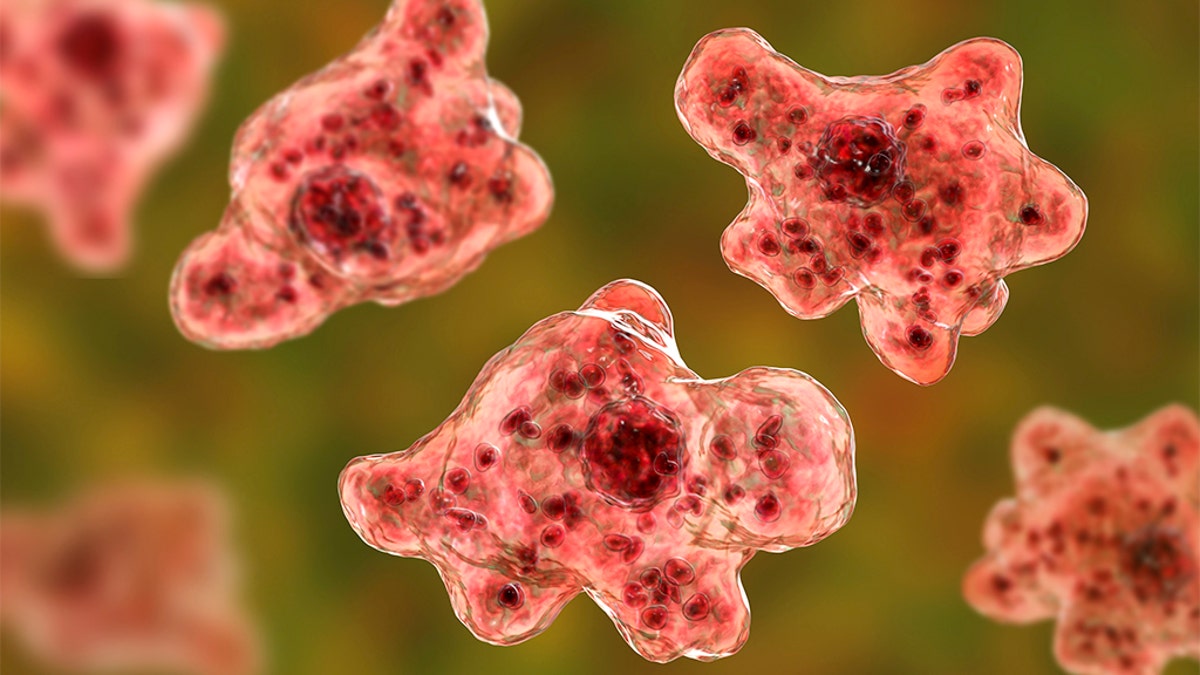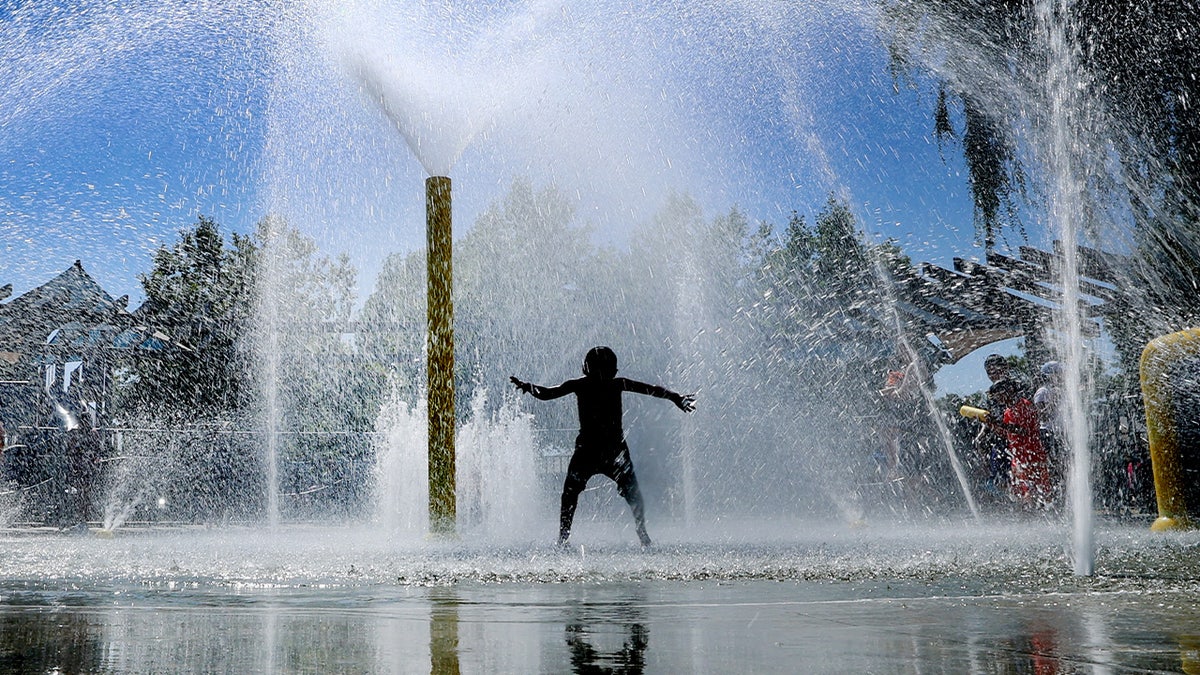
A toddler who was his parent’s “pride and joy” died from a brain-eating amoeba after playing at an Arkansas country club’s splash pad.
Michael Alexander Pollock III, a 16-months-old, passed away on Sept. 4, after contracting the rare brain-eating infection while his parents, Michael Jr. and Julia Pollock, were out of state, Arkansas Online said.
In a press release, the Arkansas Department of Health confirmed that the toddler had died from an infection caused by the amoeba, also known as Naegleria fowleri. Officials said that the young toddler was likely exposed to the brain-eating amoeba while playing in a splash pad at a Little Rock, Arkansas, country club.

Brain-eating amoeba, Naegleria fowleri, 3-D illustration. (iStock)
The Health Department sent water samples to the Centers for Disease Control and Prevention, which confirmed that one sample had traces of the amoeba, the press release said.
The Country Club of Little Rock closed its pool and splash pad voluntarily and there is no ongoing risk to the public, officials said. The state’s Health Department noted that only about three people in the United States get infected each year, but that the infections are usually fatal.
BRAIN-EATING AMOEBAS: WHAT YOU MUST KNOW ABOUT THE RISK OF SWIMMING IN FRESH WATER
In the young child’s obituary, parents wrote that her “touched the hearts of family, friends, and strangers” with his “illuminating smile and playfulness.”

A child cools off on a summer day at a spray park. (Allen J. Schaben/Los Angeles Times via Getty Image/File)
“Michael, born April 24, 2022, was the pride and joy of his parents, Michael Pollock Jr., and Julia Pollock, who survive him,” the obituary said. “Though Michael’s time on Earth was short, he touched the hearts of family, friends, and even strangers he came across with his illuminating smile and playfulness.”
According to the CDC, Naegleria fowleri thrives in warm water, growing best at temperatures up to 115°F. This means that July, August and September are the highest-risk months.
Some experts believe that climate change could make Naegleria fowleri infections more common.
GEORGIA TEEN GIRL IDENTIFIED AS RESIDENT WHO DIED OF BRAIN-EATING AMOEBA AFTER SWIMMING IN LAKE
“As air temperatures rise, water temperatures in lakes and ponds also rise and water levels may be lower,” the CDC’s website states.
“These conditions provide a more favorable environment for the amoeba to grow.”

Naegleria fowleri infects people when water containing the ameba enters the body through the nose. (Image courtesy CDC/Smith Collection/File)
It also says, “Heat waves, when air and water temperatures may be higher than usual, may also allow the amebae to thrive.”
The initial symptoms of the brain-eating amoeba usually begin about five days after exposure, but they can be noticed sooner.
Early signs usually include headache, nausea, fever and/or vomiting, per the CDC.
CLICK HERE TO SIGN UP FOR OUR HEALTH NEWSLETTER
As the infection progresses, people may experience confusion, stiff neck, disorientation, hallucinations, seizures and coma.
Death can occur anywhere between one and 18 days of infection, with an average of five days, the CDC said.
CLICK HERE TO GET THE FOX NEWS APP
Fox News Digital’s Melissa Rudy contributed to this report.

 Latest Breaking News Online News Portal
Latest Breaking News Online News Portal




